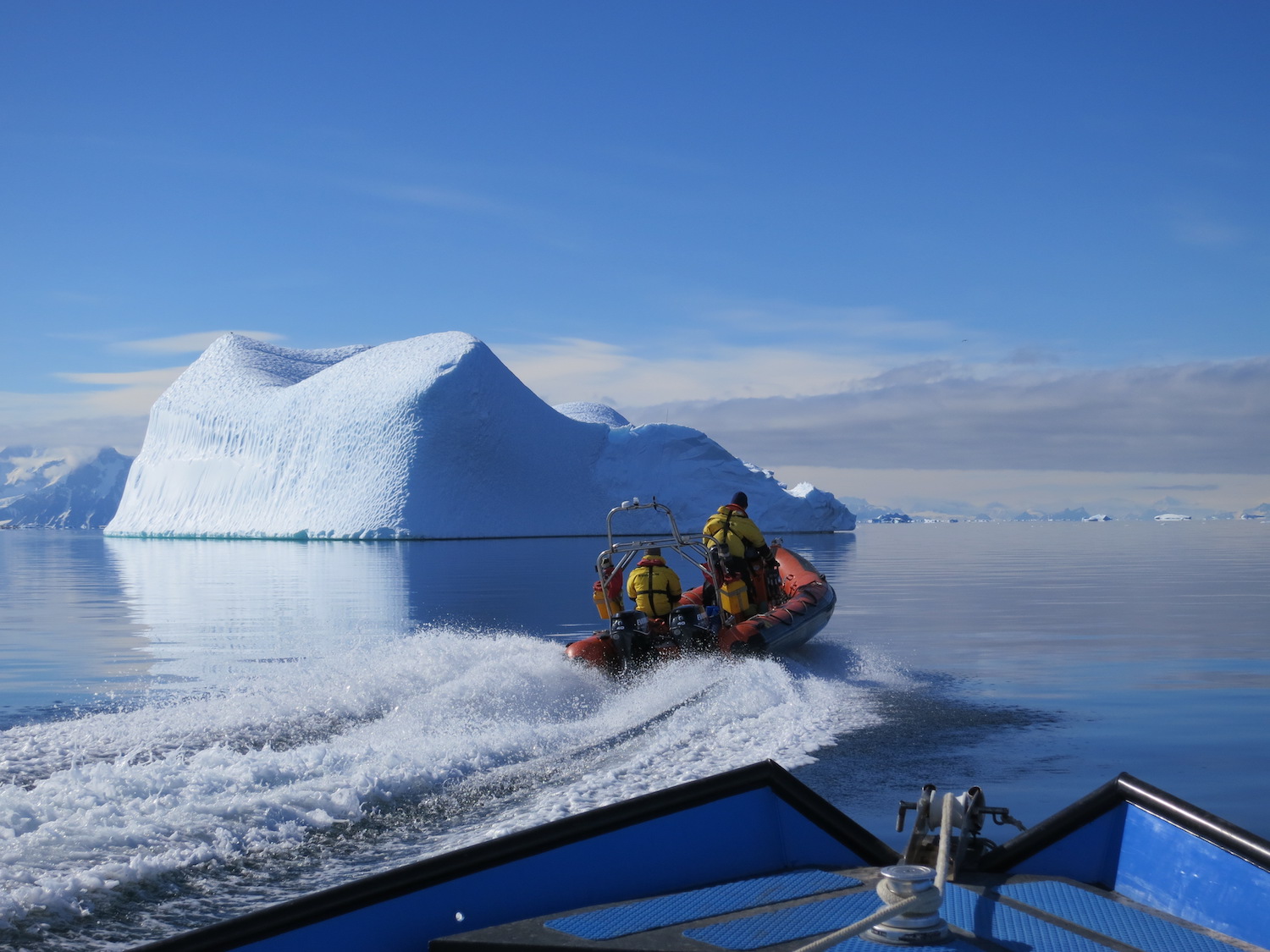The Most Realistic Antarctic Warming Experiment to Date Went Worse Than Expected

Credit to Author: Kaleigh Rogers| Date: Thu, 31 Aug 2017 16:00:00 +0000
When it comes to climate change, we’re often debating the impact of just one or two degrees of warming. But when it comes to ocean temperatures, we don’t have a ton of in situ research that shows the consequences of an ever-so-slightly more tepid sea. Now, thanks to a new study published Thursday in Current Biology, we know that when Antarctic Ocean waters warm just one or two degrees Celsius, it completely changes the ecosystem in a way even the study’s authors did not anticipate.
“We knew there would be changes, but it was the extent of the change that surprised us,” said Gail Ashton, the lead author of the study and a researcher with the British Antarctic Survey and the Smithsonian Environmental Research Center, in a phone interview. “We expected maybe a 10 percent growth rate [of certain organisms]. We saw a 100 percent growth rate.”
Previous experiments have tried to set up laboratory condition identical to the Antarctic Ocean to test out how warming temperatures influence sea flora and fauna. But Ashton and her team, which studies ocean microorganisms, wanted to see what happens when you warm the actual Antarctic Ocean on site. To do this, they placed small plastic blocks rigged with heating elements on the shallow Antarctic seabed. Using these blocks, they could reliably control the temperature of the surface (where these microorganisms colonize) and about 3 millimeters of water above and around the blocks, Ashton said. Some were heating 1 degree Celsius above the surrounding water temperatures, some 2 degrees, and other weren’t heated at all, to provide a control group.
They found that with even just 1 degree of warming many species doubled in population over the nine-month experiment. One species in particular, a sort of sea lichen called Fenestrulina rugula, basically took over, crowding out other species and reducing the biodiversity, with other species declining (but none disappearing). Other species, like a tiny marine worm called Romanchella perrieri, grew 70 percent larger in the warmed waters versus the control.
Ashton told me the researchers try not the extrapolate what these results might mean for warming across the Antarctic, but she said because these species are all at the bottom of the food chain; It’s likely that a change in their ecosystem and diversity would impact all the organisms further up the food chain, including humans.
“These results suggest you would see major changes in the seafloor community both in the rate of growth but also in a change of biodiversity,” Ashton said.
A study earlier this year found that ocean temperatures are rising faster than we thought, and are accelerating, which is why understanding the possible impacts—and whether we might be able to adjust for them—is so important. When just one degree can make such a significant difference, it makes you wonder what three or four degrees might mean.
Get six of our favorite Motherboard stories every day by signing up for our newsletter.